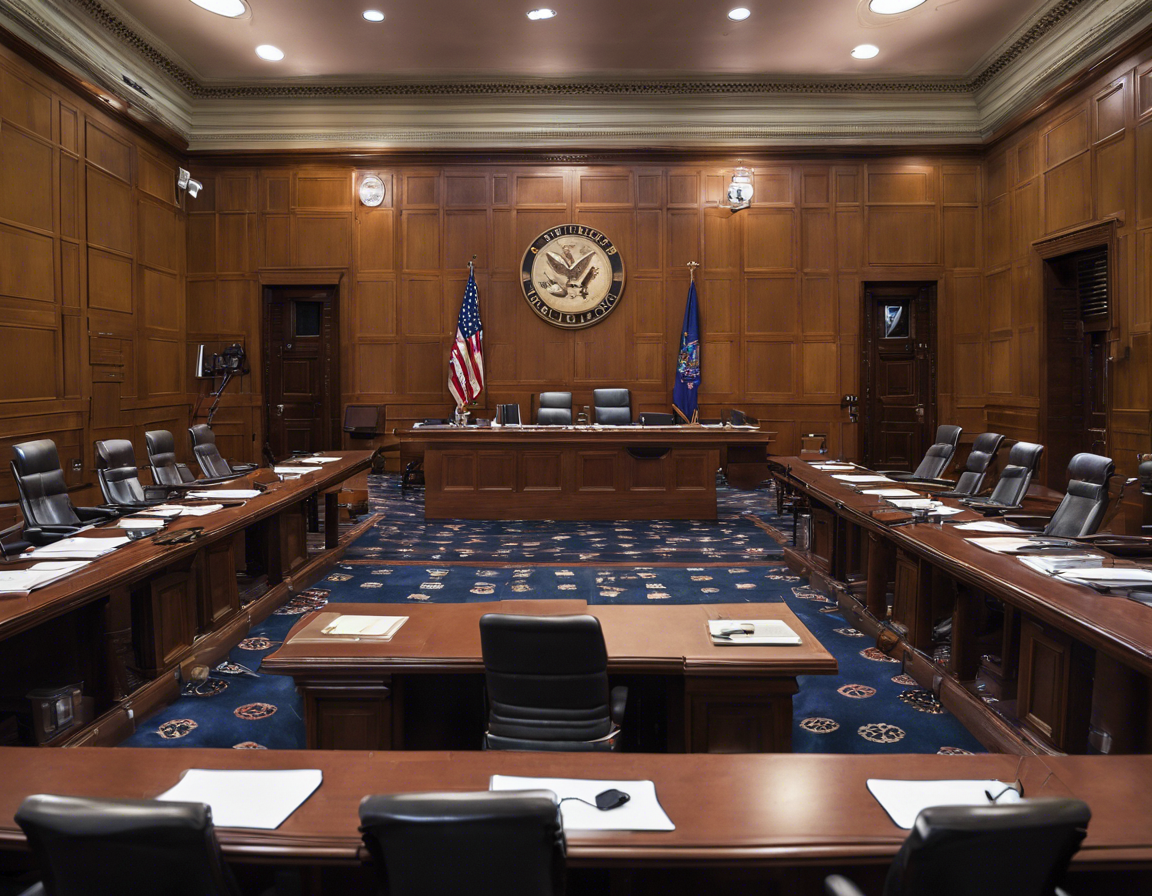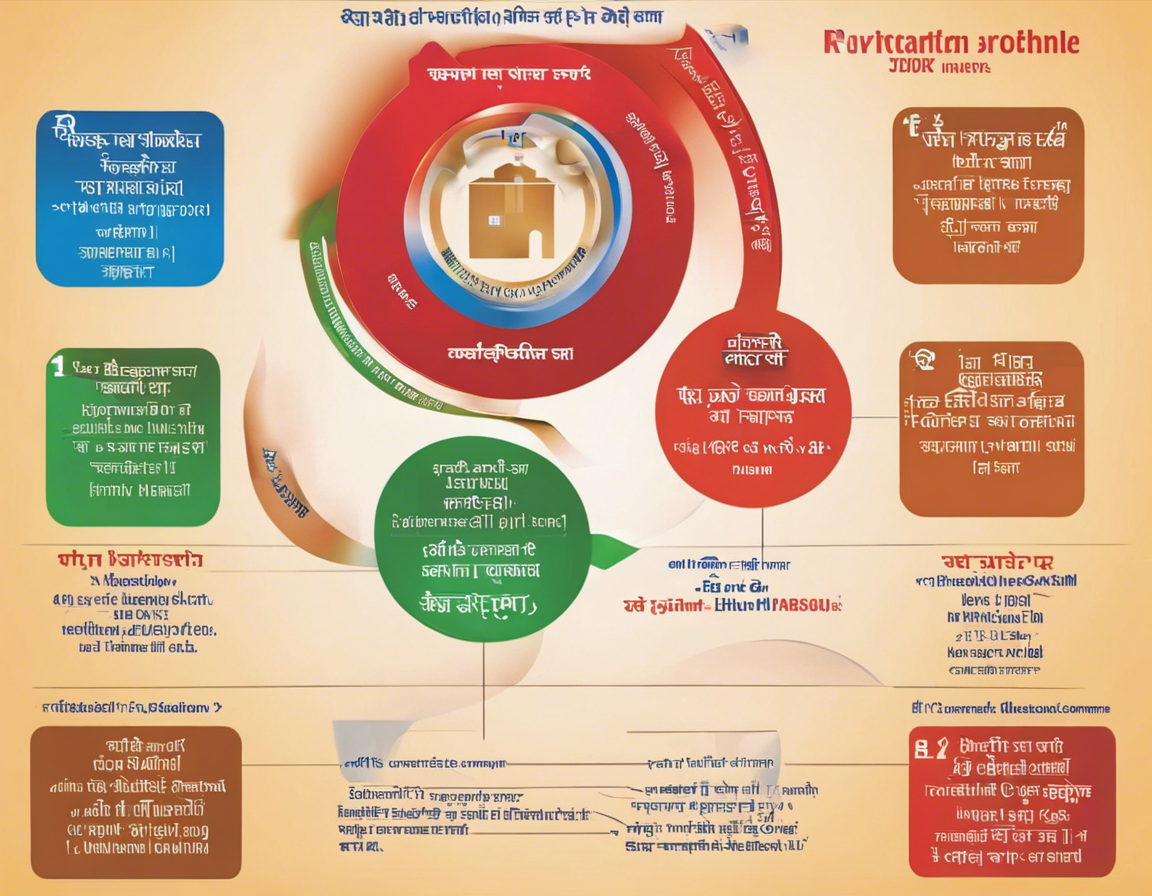Introduction
The Senate Hearing Room is a pivotal space where crucial decisions are made, policies are debated, and lawmakers deliberate on issues that impact the nation. Designed to accommodate the Senate committees, this room serves as a stage for high-stakes discussions and crucial examinations of bills, nominations, and investigations. Let’s take an inside look at the Senator Senate Hearing Room, exploring its layout, significance, and the dynamics that shape its operations.
Layout and Features
The Senate Hearing Room is typically characterized by a grand design that reflects the seriousness and importance of the proceedings conducted within its walls. From the imposing dais where the committee chair presides to the long, curved tables where senators and witnesses sit facing each other, every element is meticulously arranged to facilitate effective communication and decision-making. The room often features intricate wood paneling, ornate decor, and state seals that underscore the dignified nature of the Senate’s work.
At the center of the room is a large, circular table where the committee members gather to deliberate. This strategic arrangement allows for easy interaction and coordination among senators, fostering dialogue and consensus-building. Adjacent to the committee table are seats for witnesses, staff, and the media, ensuring that all stakeholders are accommodated and can actively participate in the proceedings.
Significance of the Senate Hearing Room
The Senate Hearing Room holds immense significance as the venue where legislative discussions take place, bills are scrutinized, nominees are vetted, and inquiries are conducted. It serves as the forum for senators to exercise their oversight responsibilities, conduct hearings on pressing issues, and engage with experts, stakeholders, and the public to gather insights and information.
The room’s formal setting and decorum create an environment conducive to focused deliberations and respectful exchanges, fostering a sense of gravity and responsibility among participants. As such, the Senate Hearing Room plays a crucial role in upholding the integrity and transparency of the legislative process, ensuring that decisions are made thoughtfully and with due consideration to all viewpoints.
Dynamics of Senate Hearings
Senate hearings in the Senate Hearing Room are characterized by a structured format designed to elicit information, clarify positions, and engage in robust debate. The committee chair leads the proceedings, guiding the discussion, recognizing speakers, and maintaining order throughout the hearing. Senators take turns posing questions to witnesses, probing their expertise, opinions, and potential implications of proposed policies.
Witnesses, who can range from experts in the field to stakeholders affected by the issues under consideration, provide testimony and respond to inquiries from senators. Their input helps inform legislative decisions, shed light on complex issues, and offer perspectives that senators may not have considered. The back-and-forth exchanges between senators and witnesses form the crux of Senate hearings, offering valuable insights and generating meaningful discussions that shape legislative outcomes.
Key Considerations in the Senate Hearing Room
-
Preparation: Senators and staff must thoroughly prepare for hearings by conducting research, gathering evidence, and formulating probing questions to be posed to witnesses.
-
Civility: Maintaining decorum and respectful conduct is essential to fostering productive dialogue and ensuring that all viewpoints are heard and respected.
-
Transparency: The Senate Hearing Room thrives on transparency, with hearings often open to the public and media to promote accountability and public scrutiny of legislative decisions.
Frequently Asked Questions (FAQs)
- What is the role of the committee chair in a Senate hearing?
The committee chair presides over the hearing, manages the flow of discussion, recognizes speakers, and ensures that the proceedings are conducted fairly and efficiently.
- How are witnesses selected for Senate hearings?
Witnesses are typically invited by the committee based on their expertise, relevance to the issue being discussed, or stake in the outcome of the hearing.
- Can the public attend Senate hearings in person?
Yes, Senate hearings are often open to the public, allowing citizens to observe the proceedings and gain insight into the legislative process.
- Are Senate hearings broadcasted or live-streamed?
Many Senate hearings are broadcasted or live-streamed to provide greater access to the public and media, enabling wider engagement and transparency.
- How do senators use information gathered during hearings in their decision-making process?
Senators consider the testimony, evidence, and perspectives shared during hearings to inform their positions, shape legislation, and make well-informed decisions on policy matters.
In conclusion, the Senate Hearing Room is a vital space where democracy unfolds, ideas clash, and decisions are forged through dialogue and debate. Its rich history, formal ambiance, and pivotal role in shaping legislative outcomes underscore its importance as a sanctum of governance and accountability. By peering behind the curtains of this hallowed chamber, we gain a deeper understanding of the inner workings of our democracy and the complexities of governance at the highest levels.


